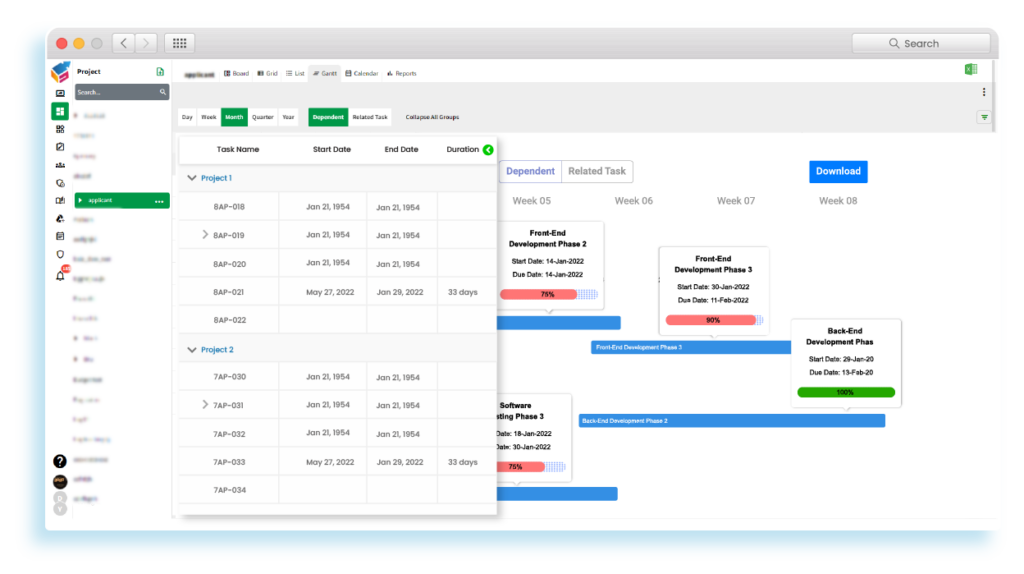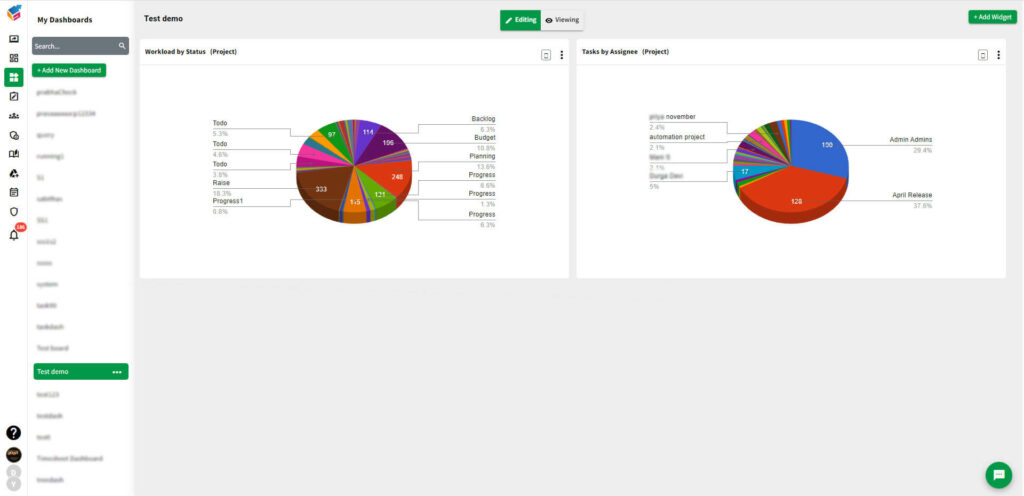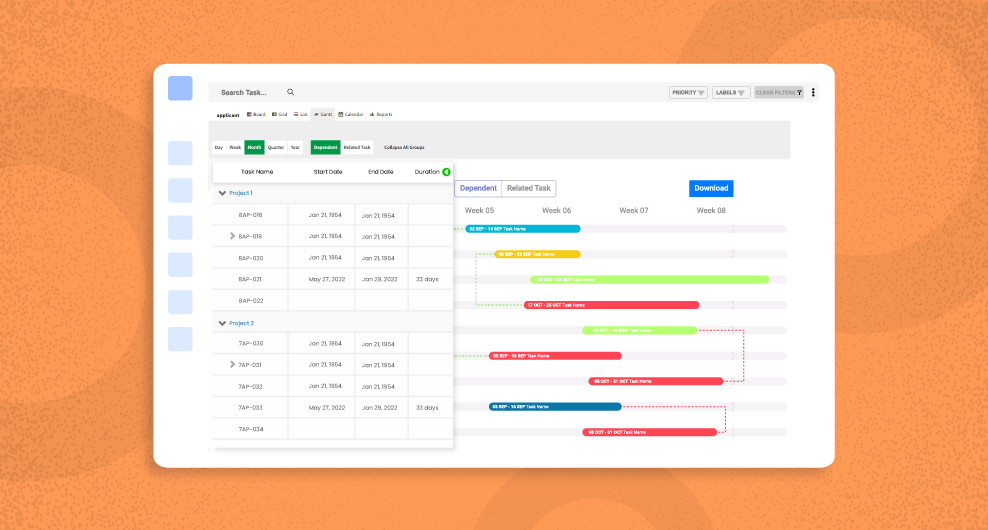Table of Contents
Scope creep is a common problem in project management, and it occurs when the project’s original goals and requirements expand beyond their intended scope. Scope creep can cause project delays, increased costs, and unhappy clients. However, by understanding the common causes of scope creep and how to avoid them, project managers can prevent this issue and ensure successful project delivery.
In this blog, we’ll explore seven common causes of scope creep and provide practical tips for how to avoid them.
By following these guidelines, you can keep your projects on track and achieve success while maintaining a happy team and satisfied clients.
What is scope creep in project management?
Scope creep in project management refers to the uncontrolled expansion of a project’s goals and requirements beyond the original scope. It occurs when new requirements or changes are added to the project without proper consideration for the project timeline, budget, or resources.

Scope creep can cause project delays, increased costs, and decreased client satisfaction. It’s essential to manage scope carefully throughout the project to avoid scope creep and ensure successful project delivery.
What’s the problem with scope creep?
Scope creep can be a significant problem in project management for several reasons:
- Gather Requirements: Collect requirements from all stakeholders, including clients, team members, and end-users. Identify what needs to be accomplished, why it needs to be accomplished, and how it will be accomplished.
- Define Deliverables: Identify the project’s deliverables, such as reports, products, services, or project tracking software. Specify the features and functions that are required to create the deliverables.
- Set Boundaries: Set boundaries for the project by identifying what is included in the project and what is not. Define the scope of work and any exclusions to avoid misunderstandings and scope creep.
- Determine Constraints: Identify the project’s constraints, including time, budget, and resources. Determine any limitations that may impact the project’s scope.
- Prioritize Requirements: Prioritize requirements based on their importance and impact on the project’s success. Focus on delivering the most critical requirements first.
- Create a Scope Statement: Define scope in a scope statement. Include a brief description of the project, its objectives, deliverables, constraints, and boundaries.
- Get Approval: Get approval from all stakeholders, including clients and project sponsors, to ensure that everyone is on the same page.
Examples of project scope creep
Here are a few examples of project scope creep:
- New Features or Requirements: A client may request new features or requirements that were not included in the original project scope. While these additions may seem minor, they can add up over time and cause scope creep.
- Changes in Deliverables: A project’s scope may change when there are changes in the deliverables or outcomes. For example, a client may request a new report or presentation that was not included in the original scope, leading to additional work and resources.
- Technical Changes: Changes in technology or technical requirements can cause scope creep. For instance, a project may require additional software, hardware, or equipment, leading to increased costs and delays.
- Unforeseen Circumstances: Sometimes, unforeseen circumstances can cause scope creep, such as unexpected delays or challenges that require additional work to resolve.
- Miscommunication: Miscommunication or misunderstandings between project stakeholders can also cause scope creep. For instance, if a client and project team have different expectations about the project’s scope, it can lead to misunderstandings and changes in the project’s requirements.
It’s crucial for project managers to monitor the project’s scope closely and identify any changes that may lead to scope creep to ensure project success.
How to identify project scope
Here are some steps to identify project scope:
- Gather Requirements: Collect requirements from all stakeholders, including clients, team members, and end-users. Identify what needs to be accomplished, why it needs to be accomplished, and how it will be accomplished.
- Define Deliverables: Identify the project’s deliverables, such as reports, products, services, or software. Specify the features and functions that are required to create the deliverables.
- Set Boundaries: Set boundaries for the project by identifying what is included in the project and what is not. Define the scope of work and any exclusions to avoid misunderstandings and scope creep.
- Determine Constraints: Identify the project’s constraints, including time, budget, and resources. Determine any limitations that may impact the project’s scope.
- Prioritize Requirements: Prioritize requirements based on their importance and impact on the project’s success. Focus on delivering the most critical requirements first.
- Create a Scope Statement: Summarize the project scope in a scope statement. Include a brief description of the project, its objectives, deliverables, constraints, and boundaries.
- Get Approval: Get approval from all stakeholders, including clients and project sponsors, to ensure that everyone is on the same page.
By following these steps with project management tool, project managers can identify project scope and ensure that all stakeholders have a clear understanding of the project’s goals, deliverables, boundaries, and constraints.
The benefits of preventing scope creep
Preventing scope creep in a project can provide numerous benefits, including:
- Staying Within Budget: Scope creep can result in unplanned work, which can increase project costs. By preventing scope creep, a project can stay within its budget.
- Staying on Schedule: Scope creep can also delay project completion, as additional work takes more time. By preventing scope creep, a project can stay on schedule.
- Meeting Stakeholder Expectations: Preventing scope creep can help meet stakeholder expectations. By sticking to the original project scope, stakeholders are more likely to receive what they were promised.
- Focusing on High-Priority Work: Scope creep can divert attention from critical project tasks. By preventing scope creep, a project team can focus on high-priority work.
- Improving Project Quality: Scope creep can lead to lower project quality. By preventing scope creep, a project can maintain its focus on producing high-quality work.
- Reducing Project Risks: Scope creep can increase project risks, as unplanned work can lead to errors or misunderstandings. By preventing scope creep, a project can reduce risks and increase its chances of success.
While scope creep can be a common occurrence in projects, it is not inevitable. By establishing a clear project scope, creating a visible project plan, and utilizing an easy-to-use project management software solution, it is possible to prevent scope creep

With the project planning tool, project teams can stay focused on their objectives and complete their work without straying outside of the project scope.




